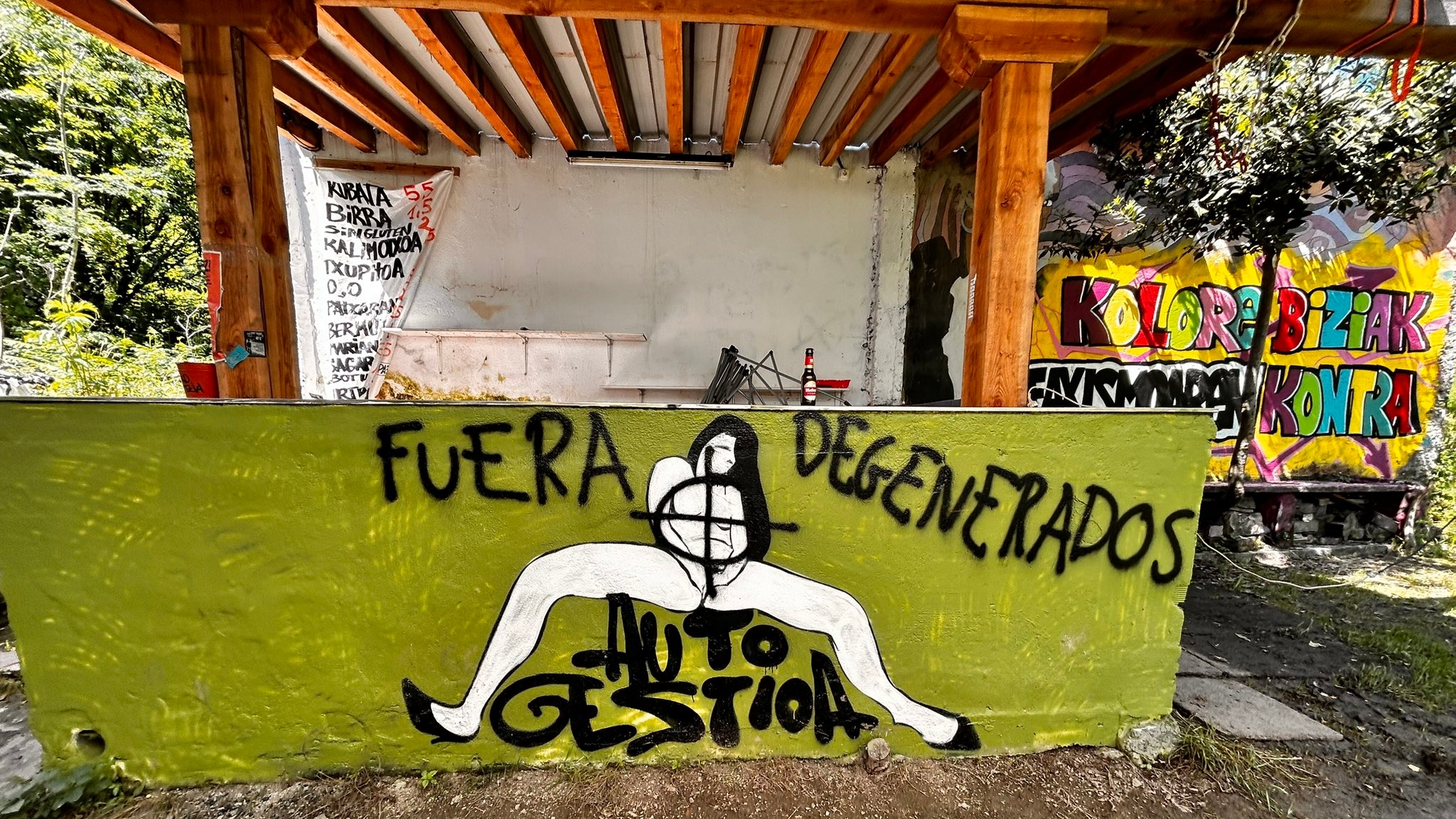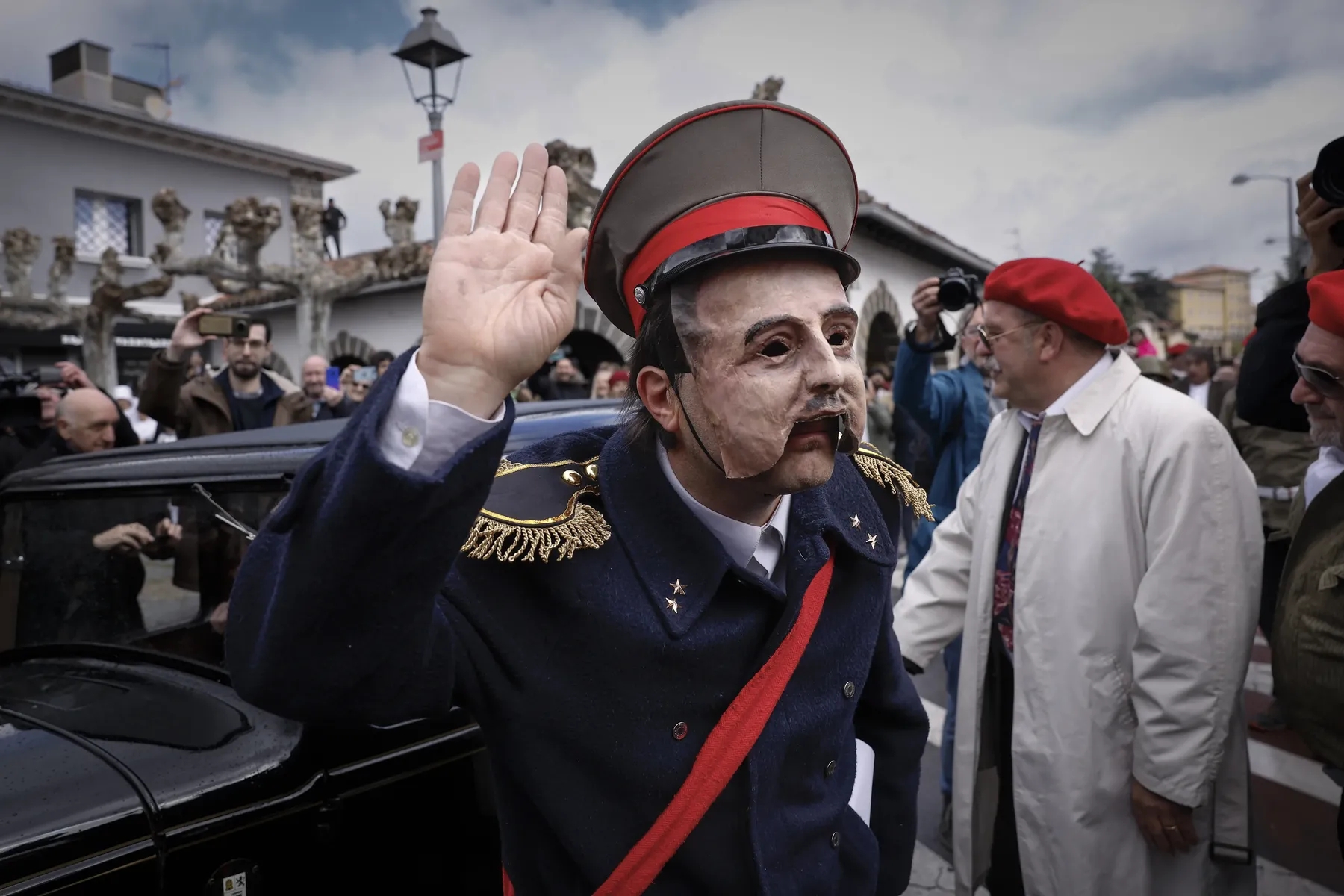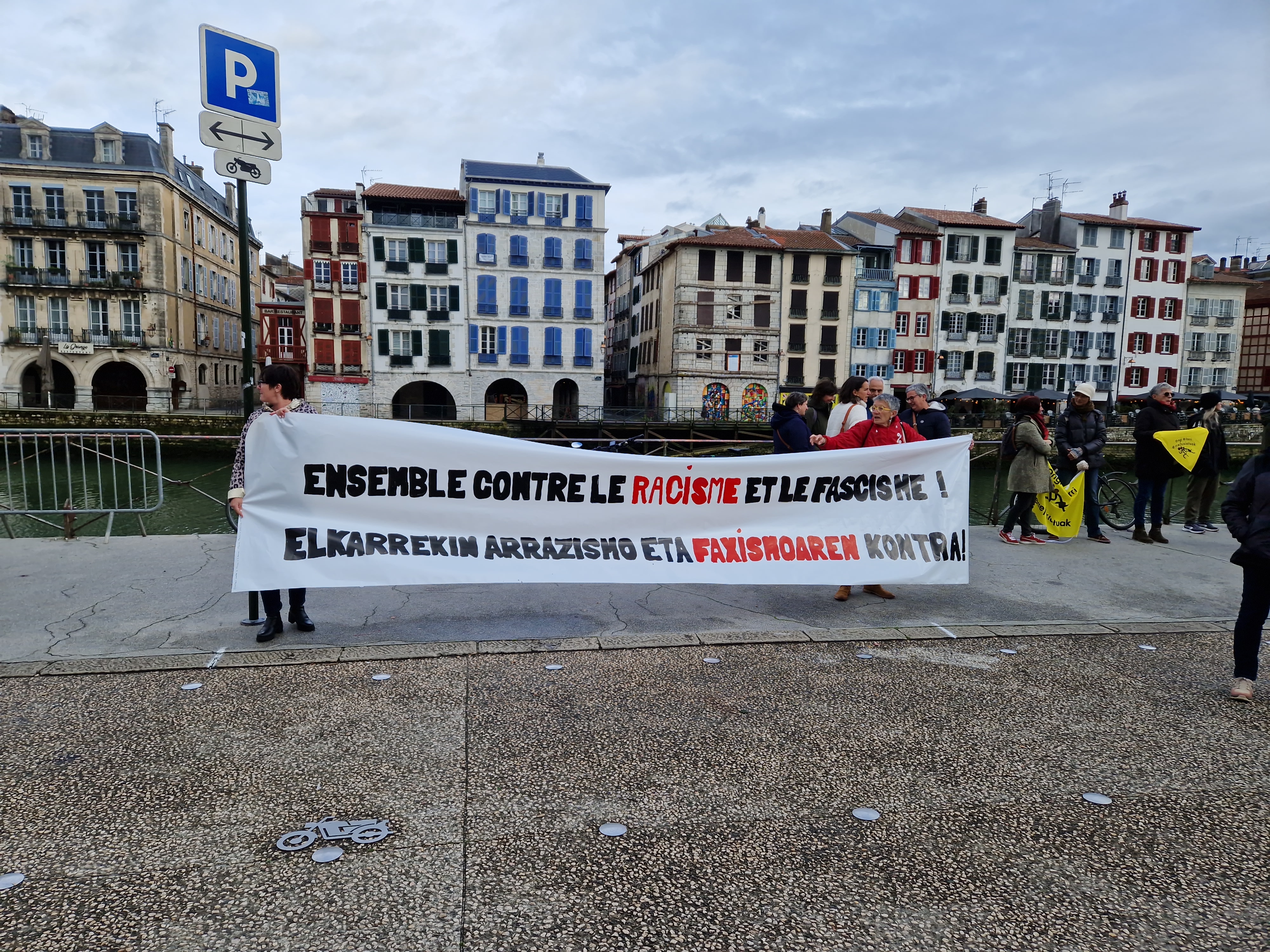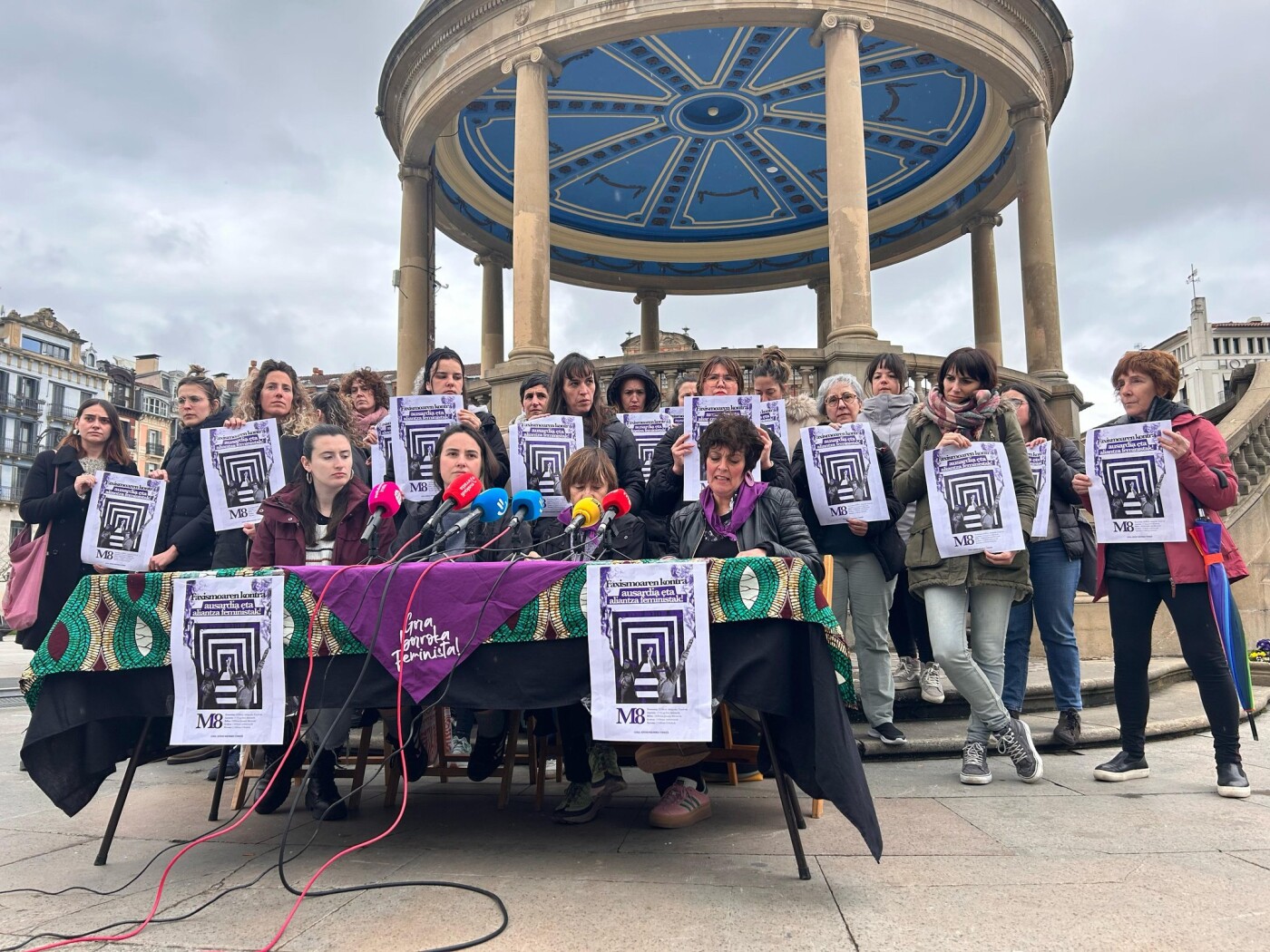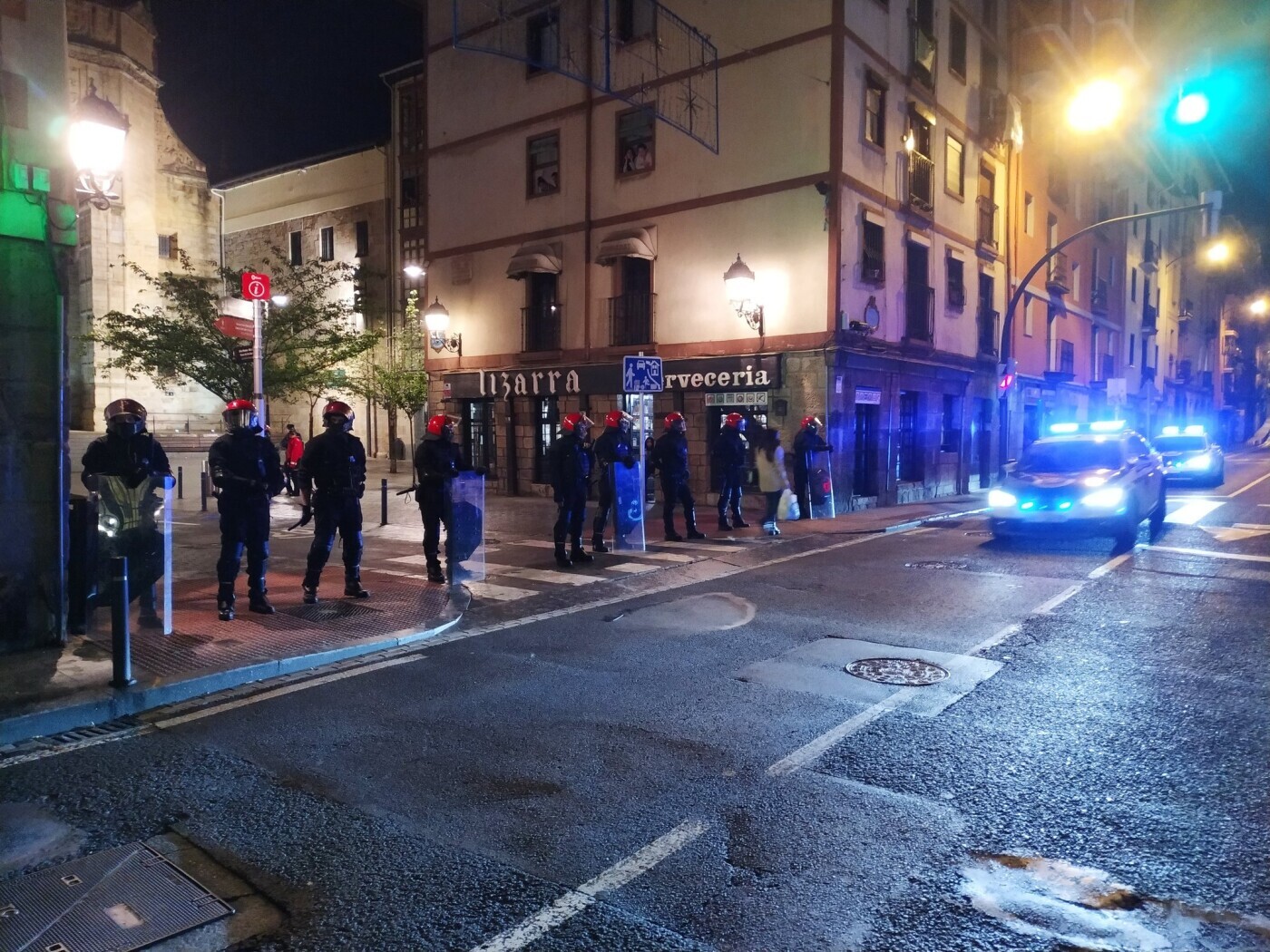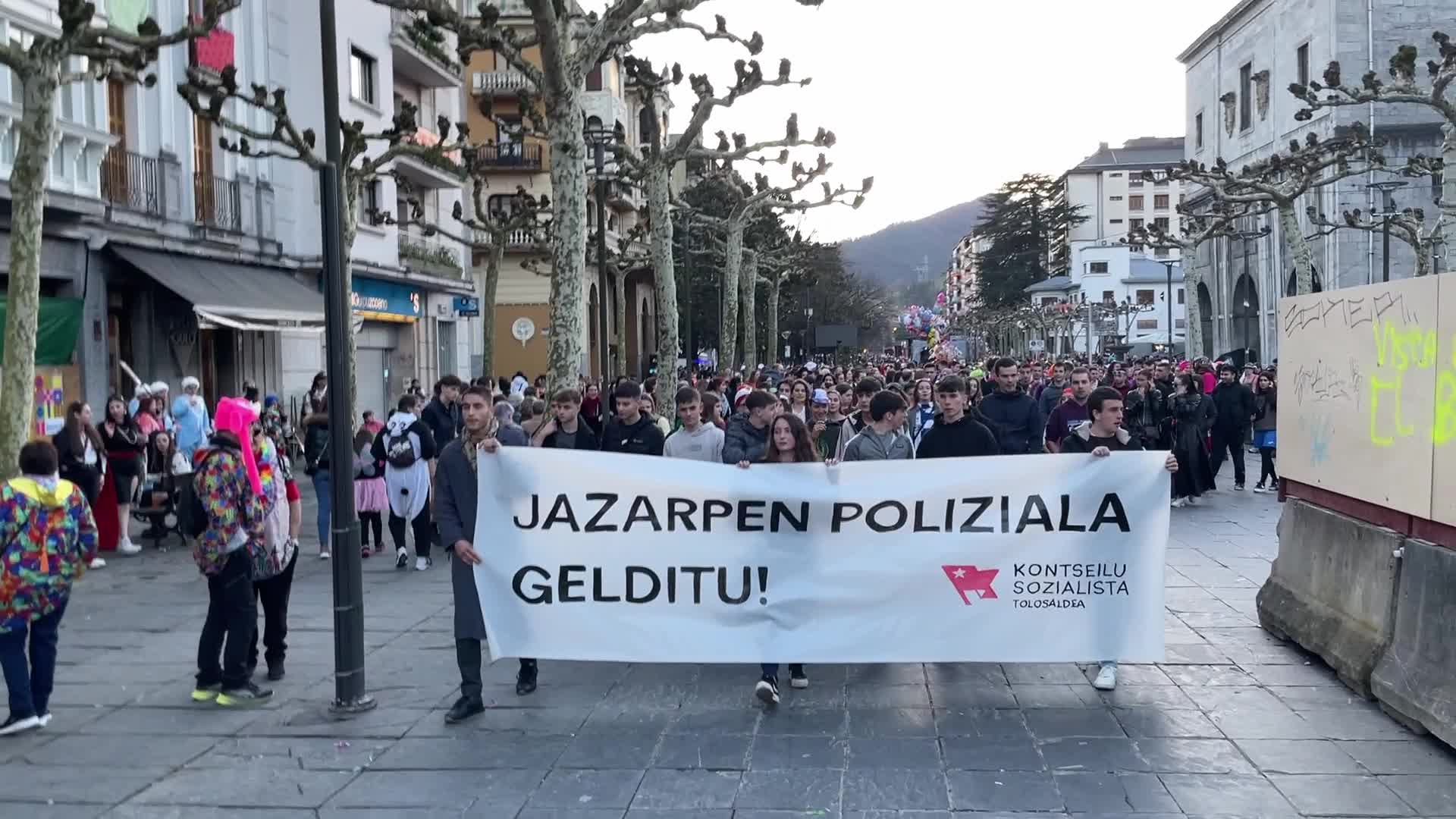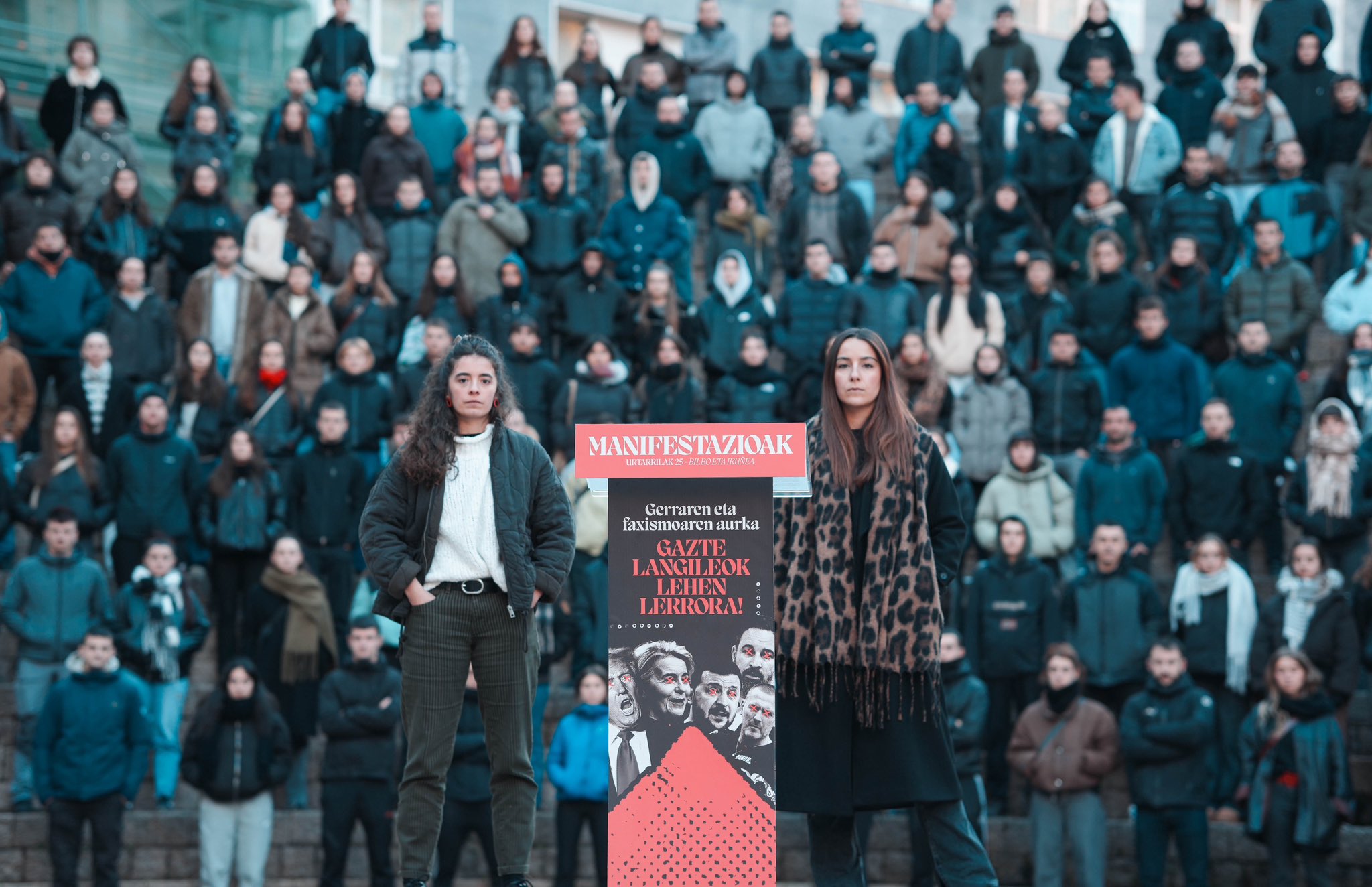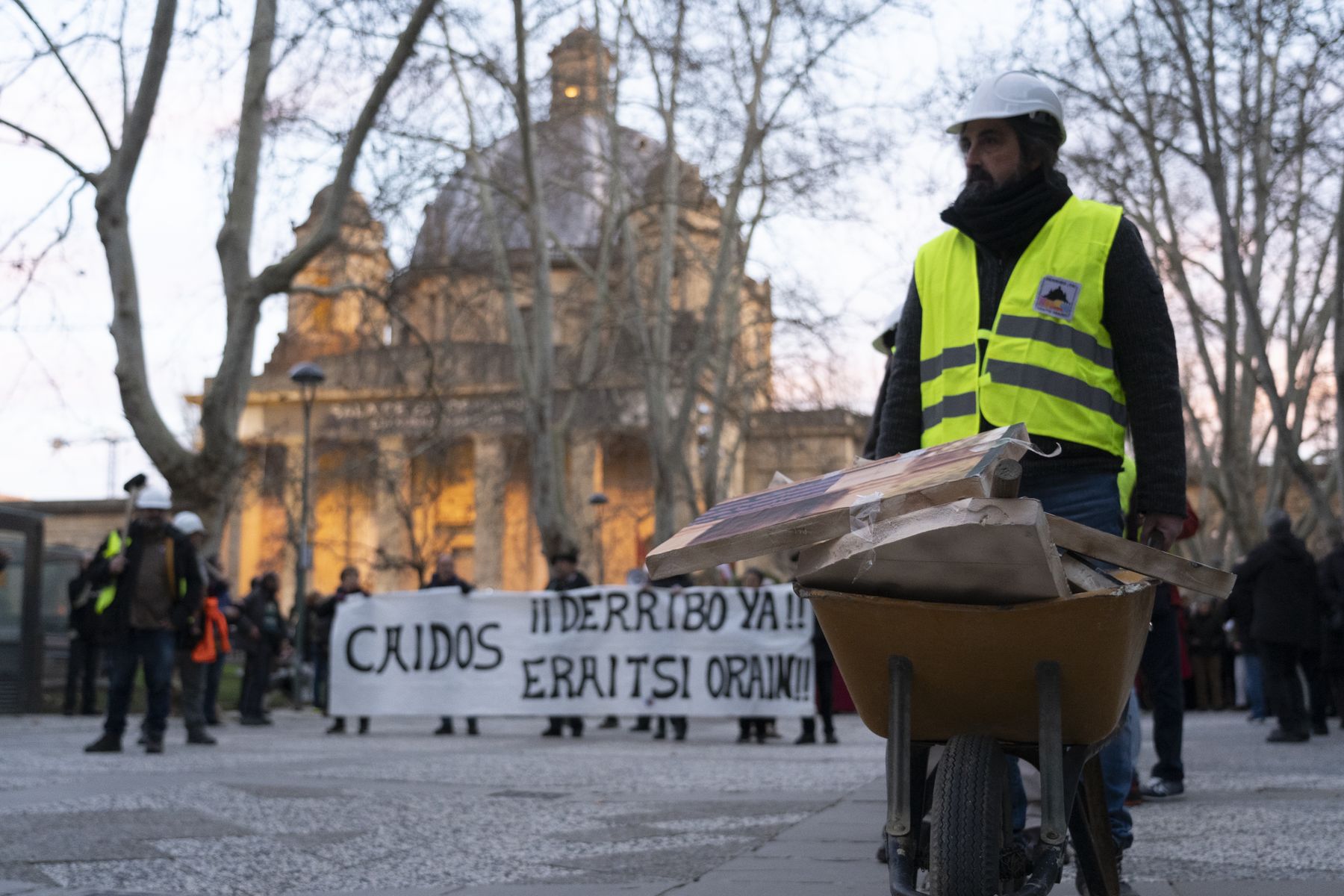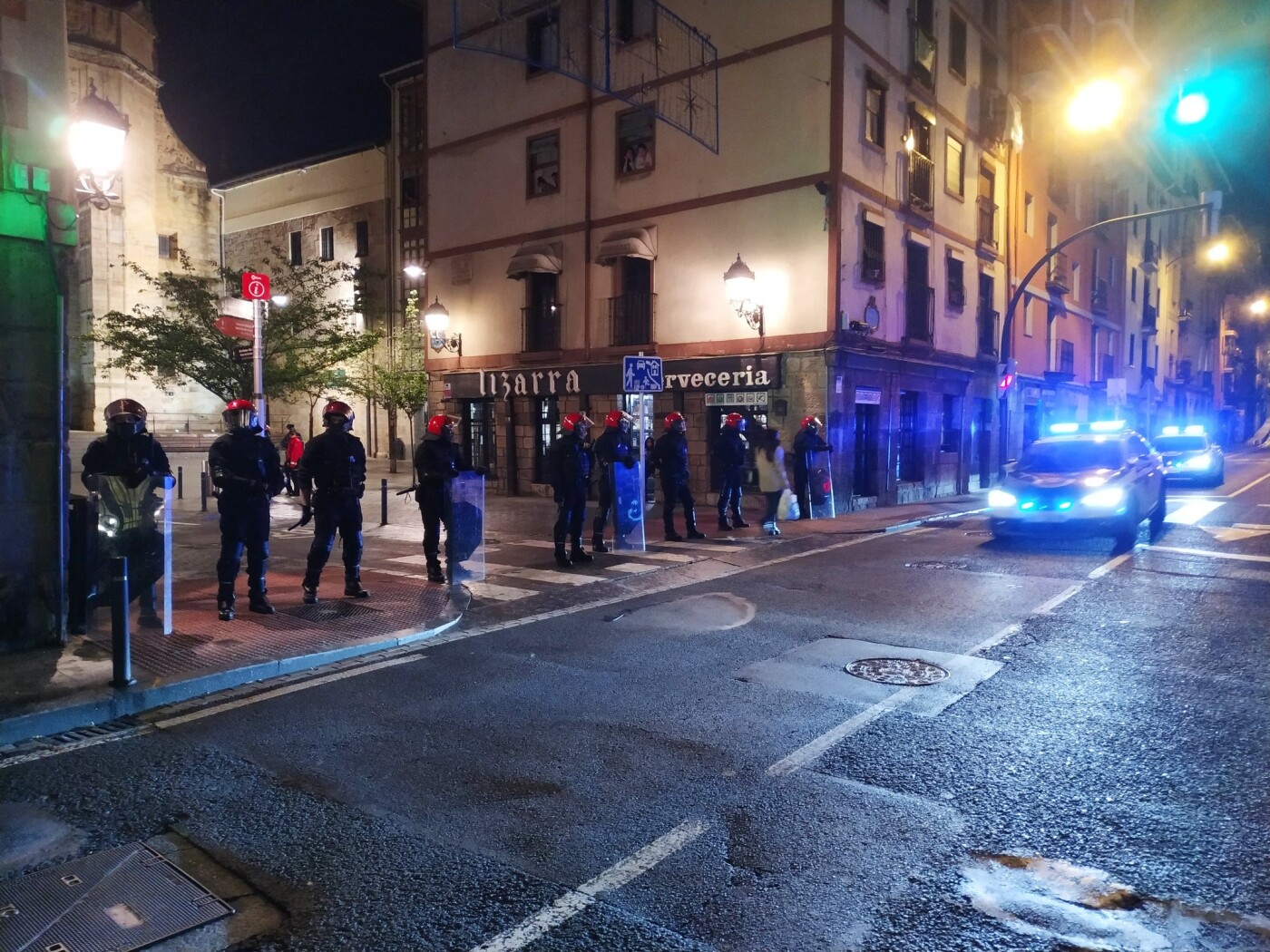What Lezo Urreiztieta did not do
- Born 16 October 1907. Lezo Urreiztieta, smuggler, mugalari and member of ELA and Jagi-Jagi were born. Since I was a child, I had been in school on his father's boat, and by the age of ten, I was already in smuggling. He died in Baiona in 1981, and the facts he did in his life are literally incredible.
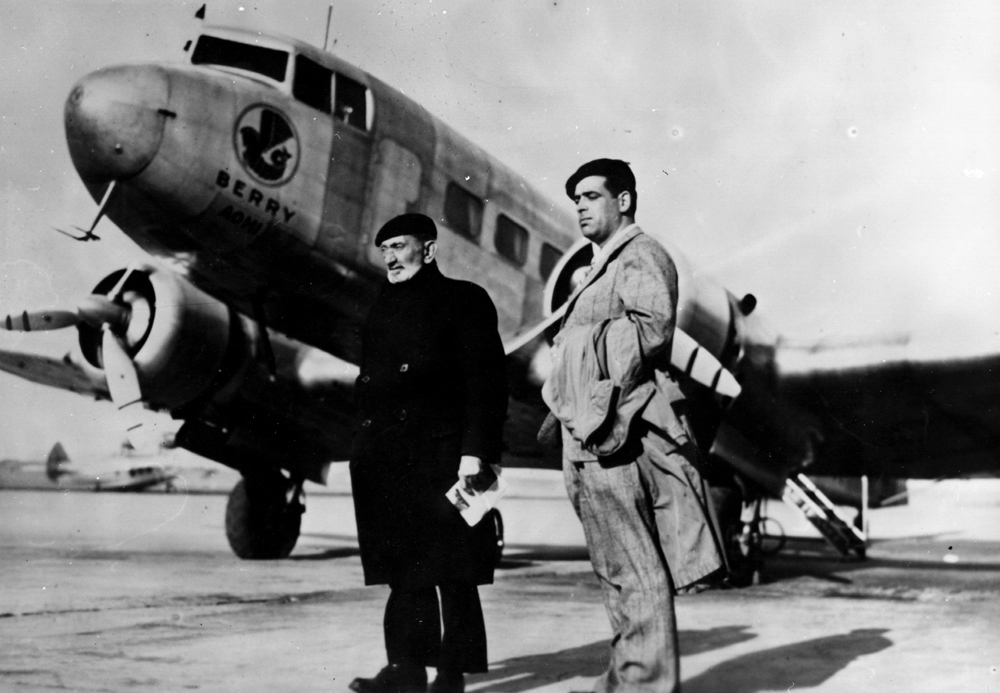
More recently, Urreiztieta took part in the documentary Jainkoak ez dit barkatzen that premiered at the San Sebastian Film Festival by Josu Martínez and, as the director himself confessed, asked him if what he was editing was a false documentary.
In 1934 he brought out of Asturias 826 people who had participated in the October Revolution, being saved on the coast of Ipar Euskal Herria. In 1948 he also brought out a group of machines from Asturias and took him to Bordeaux. Meanwhile, Urreiztieta saved hundreds and hundreds of people in the immediate vicinity. During the 1936 War, the Francoists managed to overcome the narrow blockade imposed on the port of Bilbao on 14 occasions. Only on September 24, 1936, he threw 60,000 rifles and 600,000,000 cartridges and hand bombs. During World War II, he also worked in arms smuggling, mainly for the Americans.
Urreiztieta reported all this to Martin Ugalde in several conversations that took place between 1975 and 1978. In total, he recorded and saved about 35 hours in the casetas, and that has been the basis of Josu Martínez's documentary in this edition. But all the adventures and feats narrated by Urreiztieta, no matter how surprising they may be, are confirmed by other sources.
However, he did not get everything he wanted; he left two projects unfulfilled. One was to kill Franco. Under the auspices of the socialist leader and great friend Indalecio Prieto, he was in Madrid behind the dictator, but the holidays in San Sebastian seemed more conducive to carrying out the project. He also thought of bombing Aiete's palace by helicopter, but he finally set in motion a plan to fill a tunnel under the palace with explosives. The plan was suspended in 1962 with the death of Prieto.
On the other hand, in the 1950s, Urreiztieta had little hope that Euskal Herria would be free. He came up with a change of place for the Basques and a new Euzkadi elsewhere. The Mexican island of Guadalupe found it to be a suitable place for this: no one lived and, furthermore, the island had approximately as many kilometres as the coast of the Basque Country. He drew a map of the island where the Basque cities were located. The Biscayan pirate of the 20th century met with the president of Mexico, Lázaro Cárdenas, to start the project, but he did not succeed.
The Leioa School of Education was full of students last Wednesday because Samantha Hudson was coming. She is a transgender Mallorcan artist, singer and influencer born in 1999. The star of the People Singing Encounters had an endless line to give selfies and autographs, and his... [+]
Hirurehun bat pertsona hurbildu ziren jende katea osatzeko Marengo eta Pannecau zubien artean.
Dirudienez, Euskal Herrian migrazioa arazo bilakatu da azken bi hamarkadetan. Atzerritarrez josi omen dira gure lurrak. Gure kultura arriskuan omen dago fenomeno “berri” horren ondorio. Lapurretak, bortxaketak, liskarrak… Bizikidetza arazo horiek guztiak... [+]
Martxoak 8a heltzear da beste urtebetez, eta nahiz eta zenbaitek erabiltzen duten urtean behin beren irudia morez margotzeko soilik, feministek kaleak aldarriz betetzeko baliatzen dute egun seinalatu hau. 2020an, duela bost urte, milaka emakumek elkarrekin oihukatu zuten euren... [+]
Larunbatean pertsona talde batek Tolosaldeako Kontseilu Sozialistako kide bati eraso egin ziola salatu dute. Azaldu dutenez, "faxistei aurre" egin zien propaganda jartzen ari zirela, eta piperbeltz espraiarekin zipriztindu zuten.











